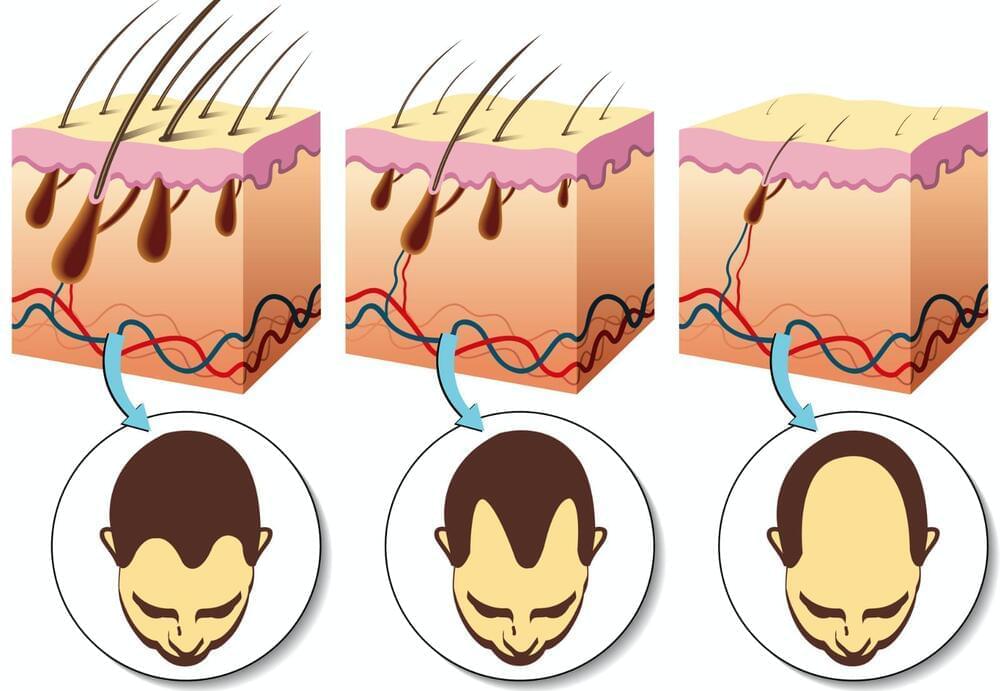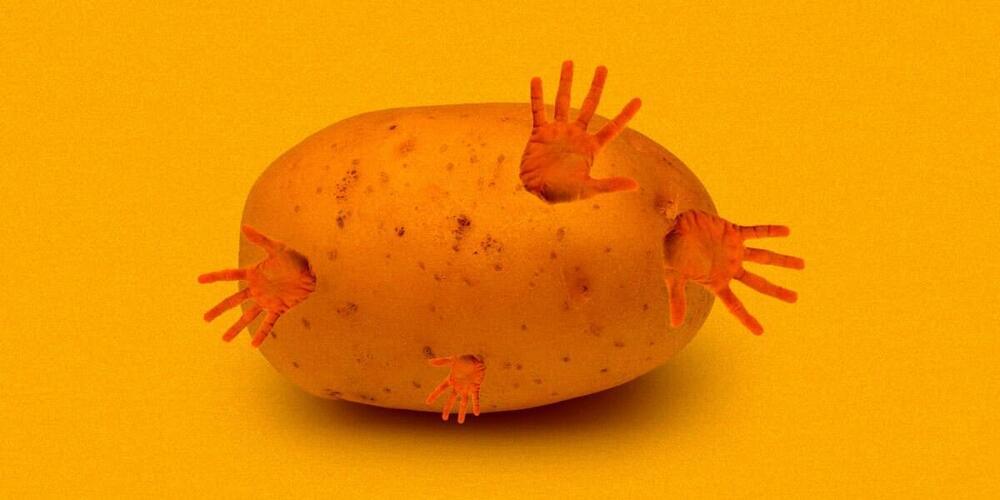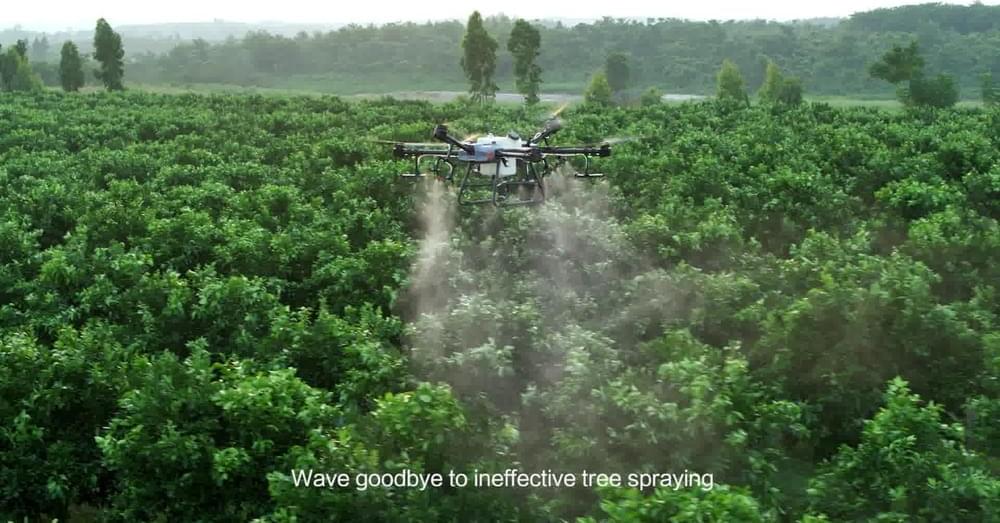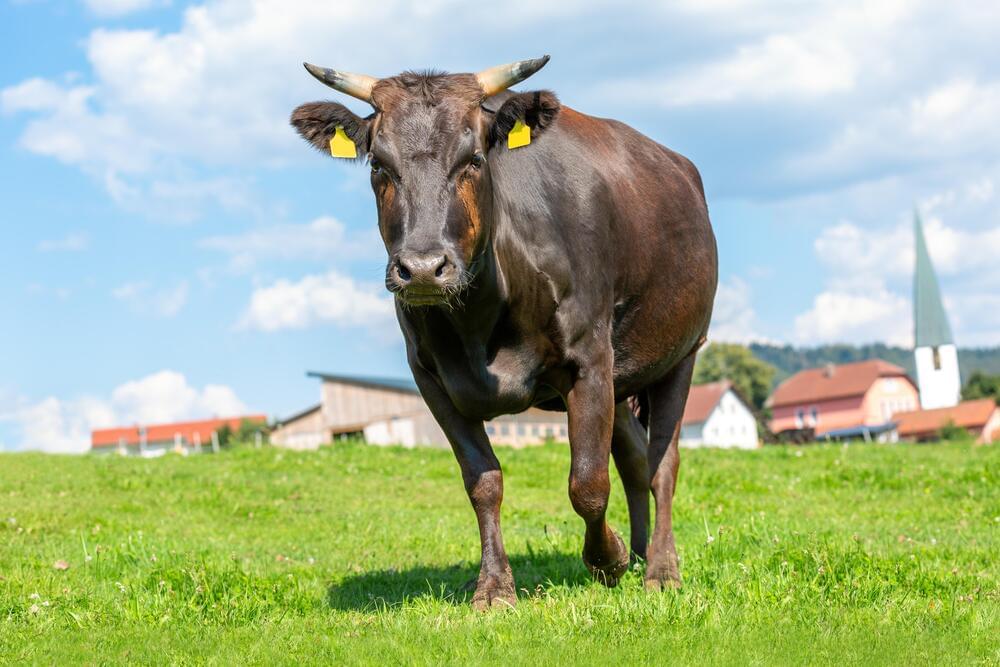Bill Gates made headlines for becoming the largest private farmland owner in the U.S. But he’s not the only one. Some of the wealthiest landowners including Jeff Bezos, John Malone and Thomas Peterffy are buying up forests, ranches and farmlands across the United States. Why? Watch the video to find out.
Investments in farmland are growing across the country as people, including the ultra-wealthy like Bill Gates, look for new ways to grow their money.
In 2,020 Gates made headlines for becoming the largest private farmland owner in the U.S. He had accumulated more than 269,000 acres of farmland across 18 states in less than a decade. His farmland grows onions, carrots and even the potatoes that are used to make McDonald’s French fries.
“It’s an asset with increasing value,” American Farmland Trust CEO John Piotti said. “It has great intrinsic value and beyond that, it is a limited resource.”
The U.S. Department of Agriculture estimates that 30% of all farmland is owned by landlords who don’t farm themselves. Buyers often purchase land from farmers who have owned it for decades; many of whom may be asset rich but maybe cash poor.
“The economic realities for them are typical that they’ve spent their life farming,” said Holly Rippon-Butler, land campaign director at the National Young Farmers Coalition. “Their retirement, their equity is all in the land and tied up in selling land.”







